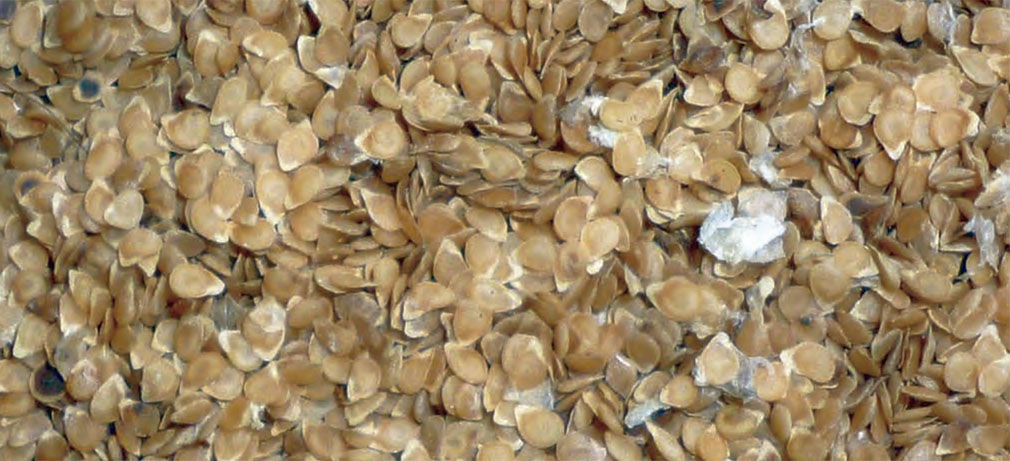Potato seed tuber multiplication from botanical seed
Potato seed tuber multiplication from botanical seed
Abstract
The botanical or sexual seed of potato that is extracted from the fruit or “mamón” of the potato plant (Photo 1), is presented as a technological alternative to obtain quality tubers-seeds at a lower cost. In addition, it allows the introduction, evaluation and selection of materials (progenies) using this methodology of multiplication of potato tubers-seed from botanical seed that is easy to follow by interested producers, and with the accompaniment of technicians knowledgeable on the subject.
This seed is inexpensive, can be easily transported, and only 100-150 grams are required to plant one hectare of land, compared to the 2 or 3 tons of seed tubers required when using asexual propagation. This technology can gain acceptance among farmers for technical and management reasons, taking into account the experiences obtained. Likewise, it is important to point out that the tubers used for sowing by traditional method represent an important volume of food that is being buried in the field, when they could be destined for consumption; The 2 tons of seed tuber that are destined to plant 1 hectare are enough to cover the demand of 172 Venezuelans for a year, if we estimate the consumption of potatoes per person per month between 0.97 and 1 kilo.
This technology is seen as an appropriate option in tropical climates, such is the case of the state of Táchira. One of the main advantages of the sexual seed of the potato, as an alternative for the propagation of the crop, is the flexibility it offers through different forms of use in different agroecological conditions; In addition, it does not require sophisticated storage facilities (which are necessary to maintain seed tubers) and can be kept for several years without losing viability.
References
Malagamba P., J. White, S. Wiersema, P. Accatino, S. SadiK y A. Monares.1983. Semilla botánica un método alternativo para la producción de papa, Centro Internacional de la Papa, Lima Perú, 12 p.
Ministerio del Poder Popular para la Agricultura Productiva y Tierras, (MPPAPT). 2016, departamento de estadística.
Niño L., L. González, E. Villamizar, F. Becerra y E. Acevedo. 2001. Tríptico: uso de semilla sexual de papa en el estado Mérida avances y resultados. INIA-Mérida.
Ortega E., H. Coraspe y F. Montero. (2004) La semilla sexual de papa como alternativa de propagación innovadora, INIA Divulga 3, 5-11 pp.
Plaisted, R. 1982. Potato. Fehr y Hadley (eds.) Hybridization of Crop Plants. American Society of Agronomy. Madison. WI. 483-494 pp. Roa S., C. Barboza y A. Zambrano. 2010. Estabilidad del rendimiento de variedades de papa (Solanum tuberosum L.) para procesamiento industrial en el estado Táchira, Venezuela, Rev. Fac. Agron. (LUZ). 27:173-192 pp.
Salomón J., J. Castillo, J. Arzuaga, W. Torres, A. Caballero y R. Edison. Evaluación morfoagronómica de progenies de semilla botánica de papa (solanum tuberosum, l.) En Cuba. Cultivos Tropicales. Vol. 35, N° 1, 75-84 pp.
Torres L., F. Montesdeoca y J. Andrade-Piedra. 2011. Manejo del Tubérculo Semilla, Centro Internacional de la Papa (CIP), Quito, Ecuador, Disponible en: http:// cipotato.org/es/sin-categorizar/manejo-del-tuberculosemilla/ Consultado Noviembre 2016.


